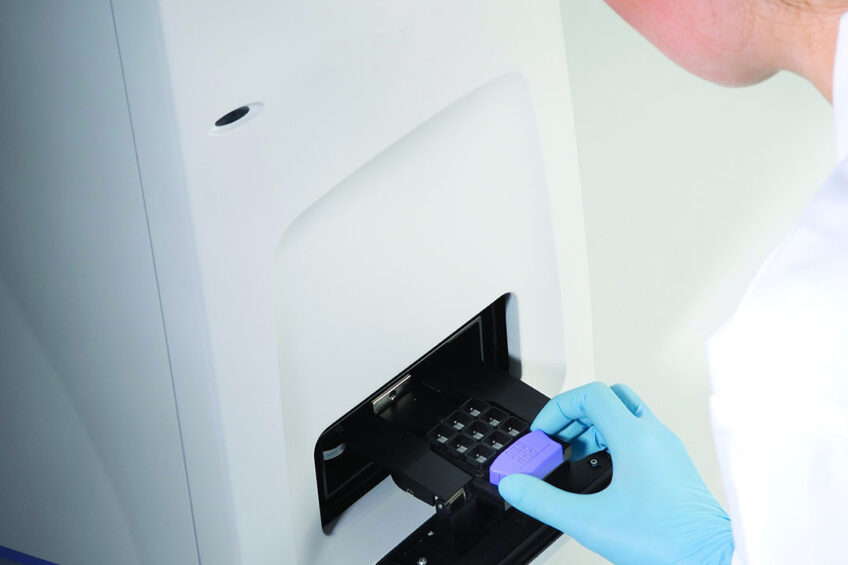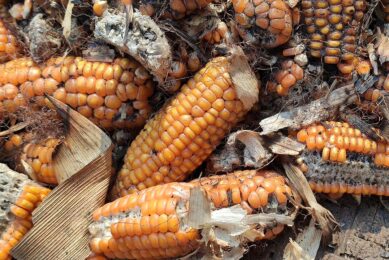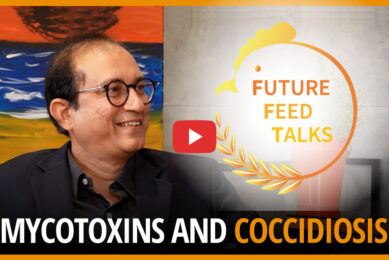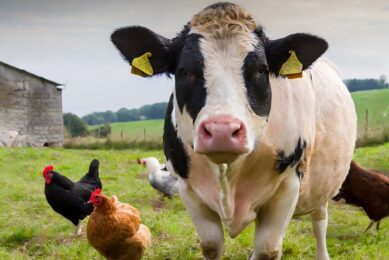Mycotoxin measurement: Evolution of the technology and future outlook

As with all other technologies, measurement methods for mycotoxin detection and quantification have evolved over time, and that evolution continues.
MYCOTOXIN SPECIAL 2023 – read all articles
Some of the improvements are driven by regulatory requirements. “Every country builds their regulatory framework from the global CODEX Alimentarius guidelines and regulations are becoming stricter,” explains Dr Liberty Sibanda, applications manager at Randox Food Diagnostics and author of numerous papers on the detection of mycotoxins. “For example, the allowable amount of aflatoxin in feed has been reduced. So, there is constant pressure to improve detection method performance in terms of sensitivity and always also to produce results in a shorter timeframe.”
And of course, there are always market pressures with any technology to decrease costs. With mycotoxin testing, there are the capital costs of the equipment and varying costs of operation related to labour and testing materials.
Multiple toxin testing
Sibanda also notes that over the last 10 years, there has also been immense pressure on mycotoxin testing tech providers to detect and quantify multiple toxins simultaneously. There are currently nine types of mycotoxins that are regulated in food and feed: AFB1,2; G1,2; OTA; DON; ZEA; FBs; T-2/HT-2 Toxins; DAS and PAX.
“If you look at basic mycotoxin testing with the lateral flow dipstick, you’re only able to detect 1 to 3 of these mycotoxins using 3 different antibodies, but it’s not very accurate for aflatoxin,” he explains. “It’s fast, 5 to 10 minutes, but it’s a visual test and with people reading the result, there’s a degree of subjectivity involved. That is, the line can be very faint, and one person may see it where another does not, and ambient lighting can be a factor. So, ‘reader’ technology was developed to detect lines but also to relate the degree of darkness of the line to how much toxin is present.”
The lateral flow test is still very useful to this day at feed mills, with its rapid results allowing staff to determine whether a load of grain is accepted or rejected. Then, feed mills typically do further tests on each load using advanced technologies, with the larger mills having on-site testing and small mills sending samples away. Each method has its strengths and weaknesses in comparison to the others, notes Sibanda, in terms of capital and operational costs, degree of technical knowledge required to operate, speed and capacity for simultaneous testing.
Present technologies
Sibanda explains that in various parts of the world, some labs use HPLC, which is expensive and does not provide fast results and some use enzyme-linked immunosorbent assay (ELISA), which requires samples to be run separately for each group of mycotoxins that could be present and is therefore labour intensive with a high cost for test resources.
“A few labs use liquid chromatography-mass spectrometry (LC-MS), but it is time-consuming in that there must be a thorough clean up between running samples,” he says. “Using MS with HPLC (high-performance liquid chromatography) instead of HPLC with UV light detection has achieved some robustness with detecting multiple toxins. MS has a much better elucidation of multiple toxins simultaneously but is very expensive and requires operation by well-trained technicians. The sensitivity of HPLC has also been improved with the use of amino acid columns, but that also comes with higher costs.”
Some labs use LC-MS in conjunction with the Randox ‘Biochip Array Technology’ (BAT, which can detect all 9 registered mycotoxins in one run) or use BAT alone. Sibanda states that both technologies can detect the regulated mycotoxins and are close to equal in terms of accuracy and precision. “BAT is much lower in cost compared to LC-MS and ELISA if you look at the cost of testing per individual mycotoxin,” he says, “and BAT is much faster than LC-MS, about 2.5 hours compared to days.”
BAT is a ceramic microarray where different mycotoxin antibodies are placed in discrete test regions where unique reactions take place. Light emitted from these reactions in the various test regions is measured and converted into a mycotoxin concentration by software that compares light levels to standard samples with known concentrations.
“I think LC-MS will stay around and so will BAT,” says Sibanda. “They occupy different niches in the current market. LC-MS is found in high-end laboratories that have the capital for the initial cost and can support the ongoing high costs of testing, but it’s good that LC-MS is becoming easier to use. The mid-range labs are where BAT is found, where the need for high accuracy and precision is balanced with reasonable cost.”
Future testing outlook
Looking forward at the future of mycotoxin testing, Sibanda has no doubt that more mycotoxins will be added to the list of the 9 currently regulated. “Some farmers in various global regions are already asking for testing of up to 20 others in addition to the current 9,” he explains. “That’s not a stumbling block for LC-MS or BAT. With BAT, we can do 130.”
A stumbling block that already exists for the industry but will hopefully be removed, says Sibanda, is differential adoption of regulations in various jurisdictions. “There are some regions that only test for aflatoxin for example, and they should be testing for others,” he says. “But it seems inevitable that these regulatory differences will disappear as international trade of grain continues to grow.”
Looking at new potential new types of mycotoxin testing technologies, Sibanda says there are various detection and quantification systems for organic molecules being developed in medicine and other fields that may be able to be adopted to other areas like food and feed. He also expects further gains to be make in speed reduction of testing of all systems.
Contact info@randoxfood.com for further information.
MYCOTOXIN SPECIAL 2023 – read all articles
 Beheer
Beheer





 WP Admin
WP Admin  Bewerk bericht
Bewerk bericht